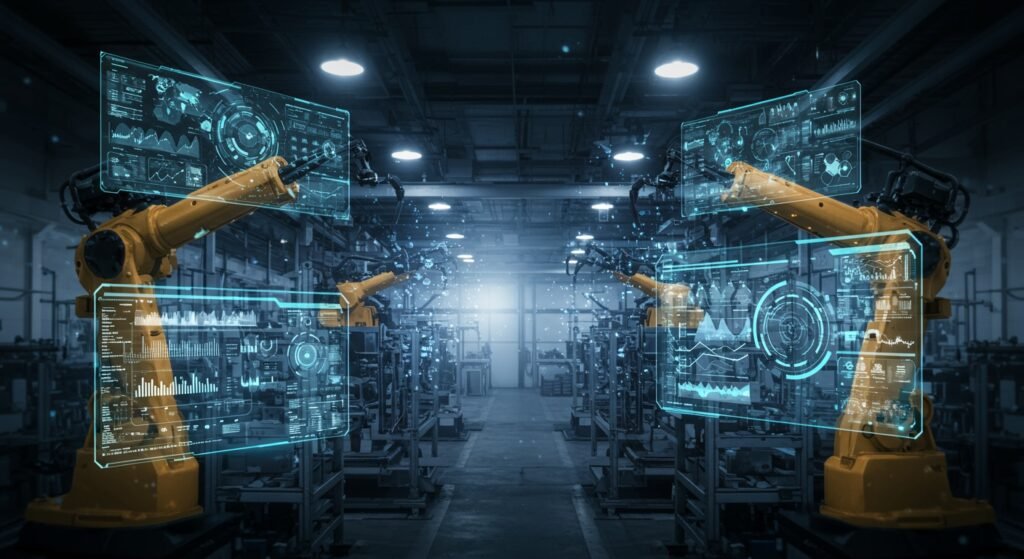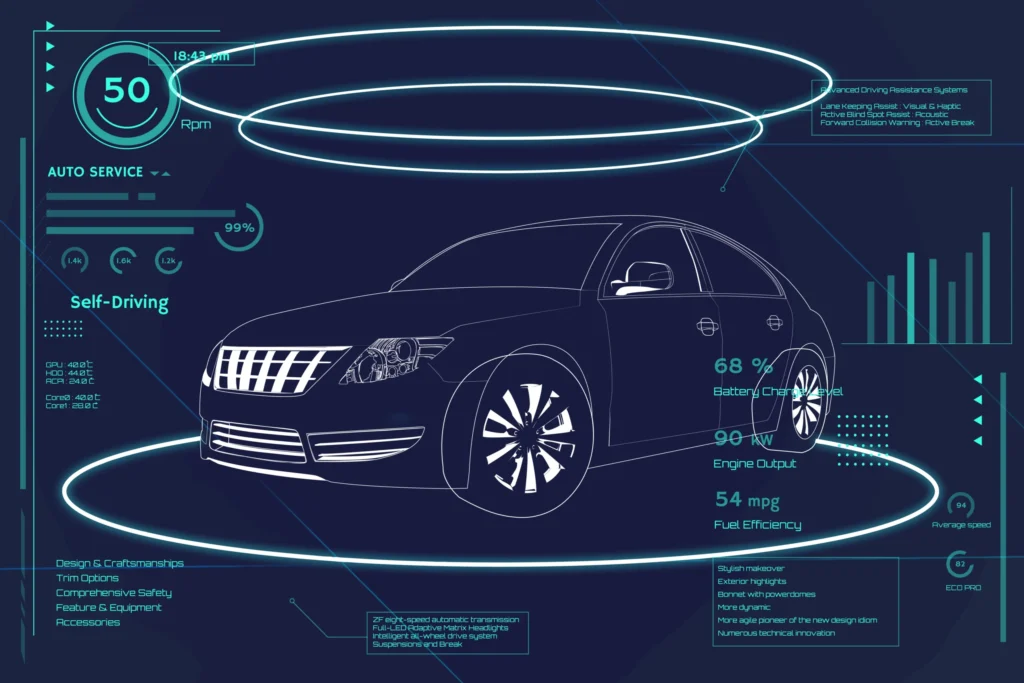Smart Factories and IoT Integration: Revolutionizing Modern Manufacturing
The manufacturing landscape is undergoing a profound transformation, driven by technological advancements and the relentless pursuit of efficiency. At the heart of this revolution lies the concept of Smart Factories and IoT Integration. These interconnected systems are redefining how goods are produced, offering unprecedented levels of automation, real-time data insights, and optimized operations. This article delves into the core principles, benefits, and future implications of adopting smart factory models powered by the Internet of Things.
Table of Contents
1. Introduction to Smart Factories
A smart factory is a highly digitized and connected production facility that leverages advanced technologies like Artificial Intelligence (AI), Machine Learning (ML), big data analytics, and crucially, the Internet of Things (IoT). These factories are characterized by their ability to collect and analyze vast amounts of data from interconnected machines, sensors, and systems, enabling self-optimization, automated decision-making, and predictive capabilities. The synergy between physical assets and digital intelligence is what makes a smart factory truly transformative.
2. Core Concepts of IoT in Manufacturing
IoT in manufacturing, often referred to as Industrial IoT (IIoT), involves the deployment of sensors, actuators, and other devices across the factory floor to collect data. This data is then transmitted to a central system, often cloud-based, where it’s processed and analyzed. Key concepts include:
- Connected Devices: Machines, robots, and tools are equipped with sensors to monitor their performance, status, and environment.
- Data Analytics: Raw data is converted into actionable insights, identifying trends, anomalies, and opportunities for improvement.
- Cloud Computing: Provides scalable infrastructure for data storage and processing, accessible from anywhere.
- Edge Computing: Processes data closer to the source, reducing latency and enabling faster decision-making for critical operations.
- Cyber-Physical Systems (CPS): Integration of computational algorithms with physical components, forming the backbone of smart factories.
3. Key Benefits of Smart Factories and IoT Integration
Enhanced Operational Efficiency
Smart Factories and IoT Integration lead to significant gains in efficiency. Real-time monitoring allows for immediate identification of bottlenecks, machine downtime, and production inconsistencies. Predictive maintenance, a major benefit, uses IoT data to anticipate equipment failures before they occur, drastically reducing unexpected downtime and maintenance costs. For more insights on operational improvements, you might want to read about digital transformation in manufacturing.
Improved Quality Control
Sensors can continuously monitor product quality parameters throughout the production process, identifying defects early and enabling immediate adjustments. This proactive approach minimizes waste and ensures consistent product quality, leading to higher customer satisfaction.
Optimized Supply Chain Management
IoT provides end-to-end visibility across the supply chain, from raw material tracking to finished goods delivery. This transparency allows for better inventory management, demand forecasting, and logistics optimization, reducing lead times and carrying costs.
Enhanced Worker Safety
IoT devices can monitor environmental conditions, track worker locations, and even predict potential hazards, significantly improving safety protocols and reducing workplace accidents.
4. Overcoming Implementation Challenges
While the benefits are compelling, adopting IoT in manufacturing comes with its own set of challenges:
| Challenge | Description | Potential Solution |
|---|---|---|
| Data Security | Protecting sensitive operational data from cyber threats. | Robust cybersecurity protocols, encryption, regular audits. |
| Legacy Systems Integration | Connecting new IoT systems with existing outdated machinery. | Middleware solutions, gradual phased implementation. |
| Skilled Workforce | Need for employees with data analytics and IoT expertise. | Training programs, collaboration with technology partners. |
| Cost of Investment | Initial capital expenditure for IoT infrastructure. | Start small with pilot projects, demonstrate ROI. |
5. Steps to Implementing IoT in Your Factory
Implementing IoT requires a strategic approach. Here are general steps:
- Assess Current Operations: Identify pain points and areas where IoT can deliver the most impact.
- Define Clear Objectives: Set specific, measurable, achievable, relevant, and time-bound (SMART) goals.
- Choose the Right Technology: Select appropriate sensors, platforms, and analytics tools. Consider industry standards and interoperability. Learn more about standards from organizations like the IEEE.
- Start Small with a Pilot: Implement IoT in a specific area or machine to test its effectiveness and refine the approach.
- Scale Gradually: Expand the implementation across the factory based on successful pilot results.
- Monitor and Optimize: Continuously analyze data, measure performance against objectives, and make necessary adjustments.
6. The Future of Industrial IoT
The trajectory for Industrial IoT is steep, promising even more integrated and autonomous operations. We can expect advancements in:
- 5G Connectivity: Enabling ultra-reliable low-latency communication for real-time control.
- Digital Twins: Virtual replicas of physical assets, allowing for simulation and optimization without interrupting real-world operations.
- AI and Machine Learning Integration: Deeper predictive capabilities and autonomous decision-making.
- Robotics and Automation: Further collaboration between humans and robots, enhancing productivity and safety.
7. Conclusion
The journey towards full-fledged Smart Factories and IoT Integration is an ongoing one, but the benefits are undeniable. By embracing these technologies, manufacturers can unlock new levels of efficiency, quality, and adaptability, securing a competitive edge in an increasingly dynamic global market. The future of manufacturing is connected, intelligent, and incredibly promising.


